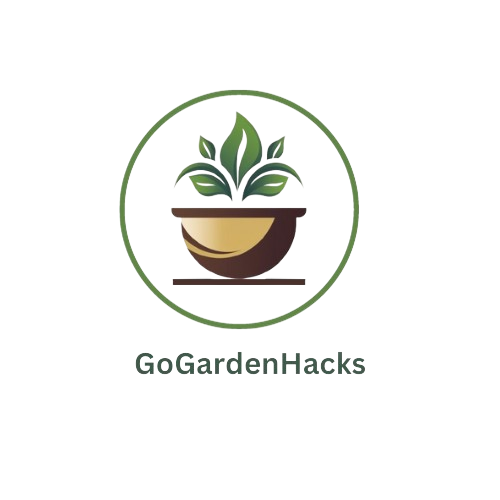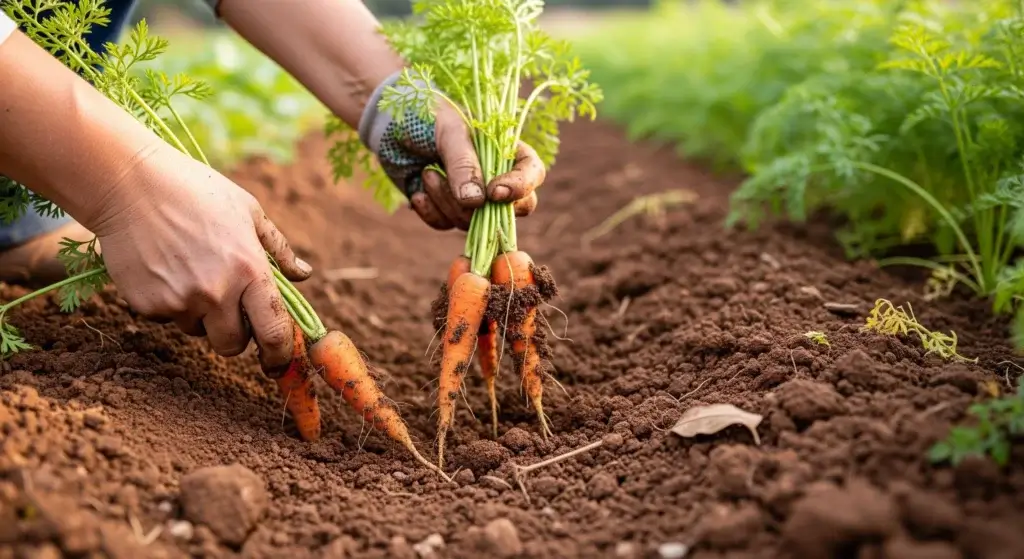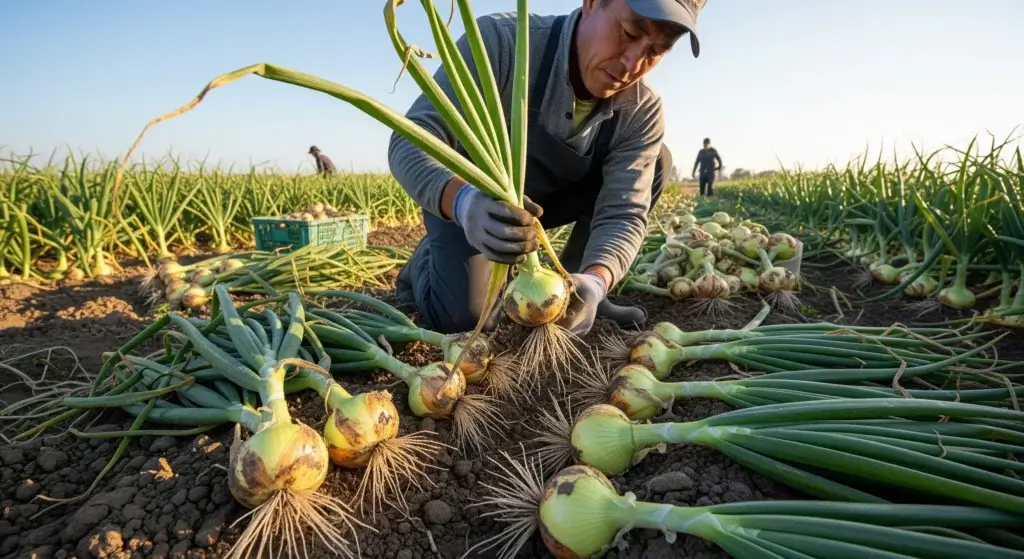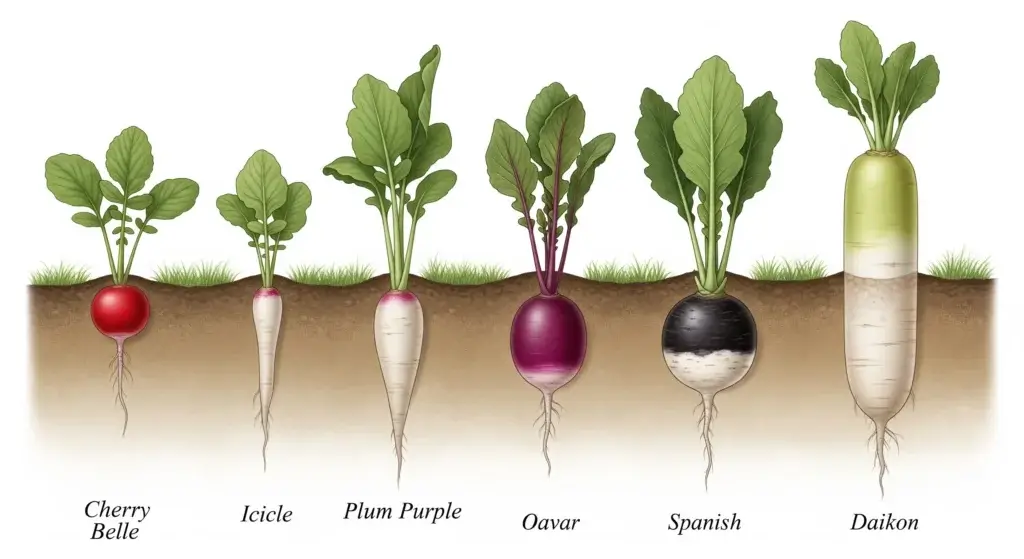
If you love growing peppers, you know how rewarding it can be to see those vibrant fruits flourish in your garden.
But there’s one challenge every pepper grower faces at some point: temperature extremes.
Peppers are a bit picky when it comes to weather.
Too hot, and they struggle.
Too cold, and they might not survive.
So, how do you manage these temperature swings and keep your pepper plants thriving?
Pepper Temperature Preferences
Before you can protect your peppers from extreme temperatures, you need to understand their comfort zone.
Peppers thrive in warm weather, but they are sensitive to both cold and excessive heat.
Optimal temperature
70°F to 85°F (21°C to 29°C)This is the sweet spot for peppers.
During these temperatures, your plants will grow steadily, produce flowers, and develop healthy fruits.
Peppers love warmth, but not extreme heat.
Consistent temperatures in this range encourage strong root development and steady flowering.
Healthy foliage growth is supported within this range, leading to more energy for fruit production.
Cold temperature
Below 55°F (13°C) When temperatures drop below this point, your peppers start to suffer.
Growth slows down significantly, and young seedlings may even stop growing altogether.
If temperatures dip close to freezing (32°F or 0°C), your plants can die.
Hot temperature
Above 90°F (32°C)High heat can stress pepper plants and reduce their ability to produce fruit.
Blossom drop becomes common when temperatures stay above 90°F for extended periods.
Pollination may decrease because extreme heat affects flower fertility.
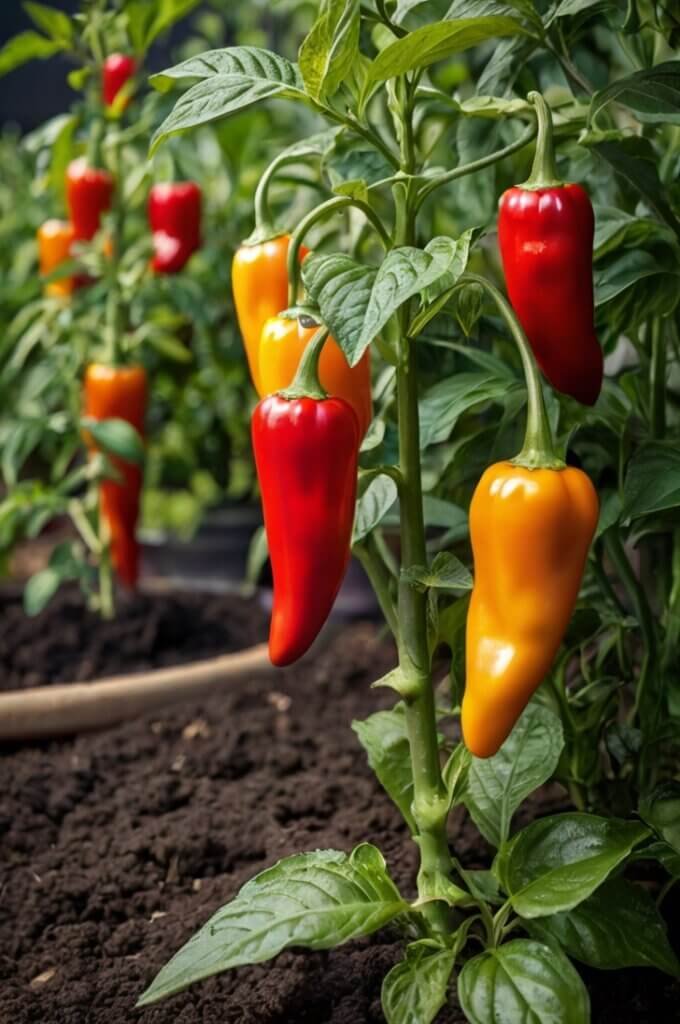
How does humidity affect pepper growth in extreme temperatures?
Humidity plays a crucial role in the growth and development of pepper plants, especially under extreme temperature conditions.
Here’s how humidity affects pepper growth:
Nutrient uptake and photosynthesis
When relative humidity is too high, the air becomes saturated with moisture, which inhibits transpiration.
Transpiration is essential for nutrient uptake and photosynthesis, as it allows plants to absorb water and nutrients from the soil.
Consequently, high humidity can stunt growth and hinder overall development.
Conversely, low humidity leads to excessive transpiration, causing plants to lose water rapidly.
To conserve moisture, plants close their stomata, which can result in reduced gas exchange and hinder photosynthesis.
This water stress can slow down growth and development significantly.
Disease susceptibility
High humidity levels create a favorable environment for fungal diseases and molds, such as blight and leaf spot.
These diseases can severely impact plant health and yield quality.
Maintaining optimal humidity levels helps mitigate these risks, promoting healthier plants and better fruit quality.
Pollination and fruit development
Humidity also affects pollination; high humidity can reduce pollen viability, while low humidity may dry out pollen, preventing successful fertilization.
This can lead to poor fruit set and reduced yields.
For optimal fruit development, maintaining relative humidity between 65% and 85% is recommended during flowering and fruiting stages.
Signs of Heat and Cold Stress in Pepper Plants
Your pepper plants will often tell you when they’re unhappy.
You just need to know what to look for.
Signs of heat stress
- Wilting leaves: Even with enough water, plants may wilt under intense heat.
- Leaf curling: Leaves may curl inward to reduce moisture loss.
- Blossom drop: Flowers may fall off before turning into fruit.
- Sunscald: White or yellowish spots on peppers caused by too much direct sunlight.
Signs of cold stress
- Stunted growth: Plants grow slowly or not at all.
- Dark or purple leaves: Chilly temperatures can cause leaves to turn dark or develop purple tinges.
- Flower drop: Cold snaps can prevent flowers from setting fruit.
- Leaf drop: Plants may shed leaves when temperatures drop suddenly.

Troubleshooting Heat and Cold Stress
When you see signs of stress, it’s time to act quickly.
Here are some effective ways to manage heat and cold extremes in your pepper garden.
Heat stress protection
Mulching
- Add a 2-3 inch layer of organic mulch around your plants. Materials like straw, grass clippings, or wood chips work well.
- Mulch helps lock moisture into the soil, keeping it cool during hot days.
- It also prevents the soil from drying out too quickly.
Provide shade
- During heatwaves, protect your plants with shade cloth, old bedsheets, or even garden umbrellas.
- Focus on shielding them from the intense afternoon sun when temperatures are at their peak.
- Temporary shading can reduce sunscald and lower heat stress.
Water wisely
- Water deeply in the early morning, allowing the roots to absorb moisture before the heat rises.
- Avoid shallow watering, as it can lead to weak roots.
- Check soil moisture regularly, it should be moist but not waterlogged.
Misting
Lightly mist the leaves during extremely hot afternoons.
This cools down the plants temporarily but should not replace proper watering.
Be cautious, too much misting can promote fungal diseases.
Space plants properly
Leave enough space between plants to allow air to circulate.
Good airflow prevents heat buildup and reduces the risk of diseases.

Cold stress protection
Cover plants at night
- Use row covers, frost blankets, or old sheets to cover plants when nighttime temperatures drop.
- Remove the covers during the day to allow sunlight and airflow.
Use cloches
- Cut the bottoms off plastic bottles and place them over young plants like mini greenhouses.
- They trap heat and protect plants from chilly breezes.
Mulch for warmth
- Mulch not only retains moisture but also insulates roots against cold temperatures.
- It helps stabilize the soil temperature, reducing the impact of nighttime chills.
Move potted peppers indoors:
- If your peppers are in pots, bring them indoors or place them in a sheltered area like a garage or greenhouse.
- This is especially helpful during sudden cold snaps.
Water before frost
- Water the soil in the evening before an expected frost.
- Moist soil retains heat better than dry soil, providing warmth to the roots overnight.
Conclusion
Managing temperature extremes is crucial to maintaining a healthy and productive pepper garden.
Understanding your pepper’s temperature preferences and recognizing early signs of heat and cold stress can save your plants.
Simple steps like mulching, shading, watering correctly, and using covers can make a world of difference.
Remember that gardening is a learning process, so don’t be afraid to experiment and adapt these strategies to your unique environment and growing style.
When you stay attentive and proactive, your pepper garden will thrive season after season, regardless of the weather.
FAQs
Using a digital thermometer or a weather station can help you monitor garden temperatures accurately. Placing thermometers at plant height will give you a better idea of the conditions your peppers are experiencing.
Air temperature is what you typically see on the weather report. Soil temperature, which is what the roots experience, can be significantly different, especially with direct sun or mulch.
